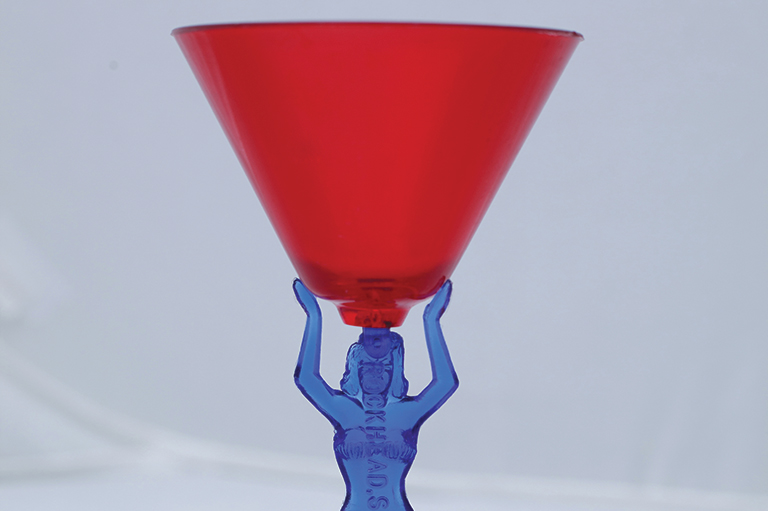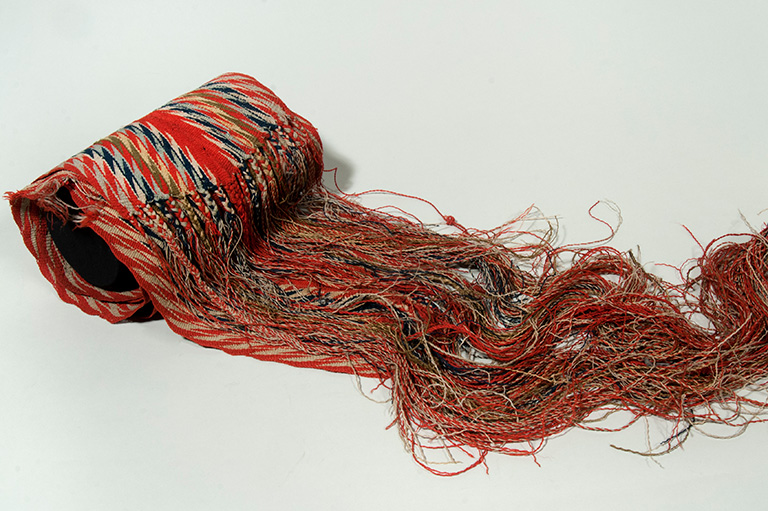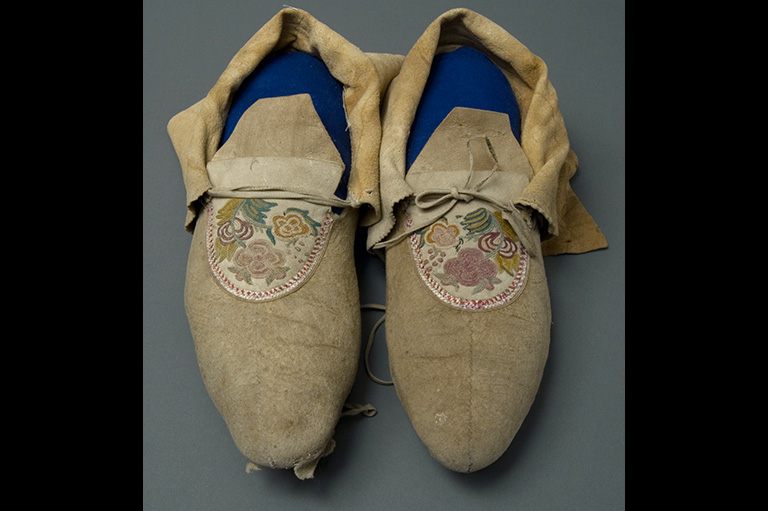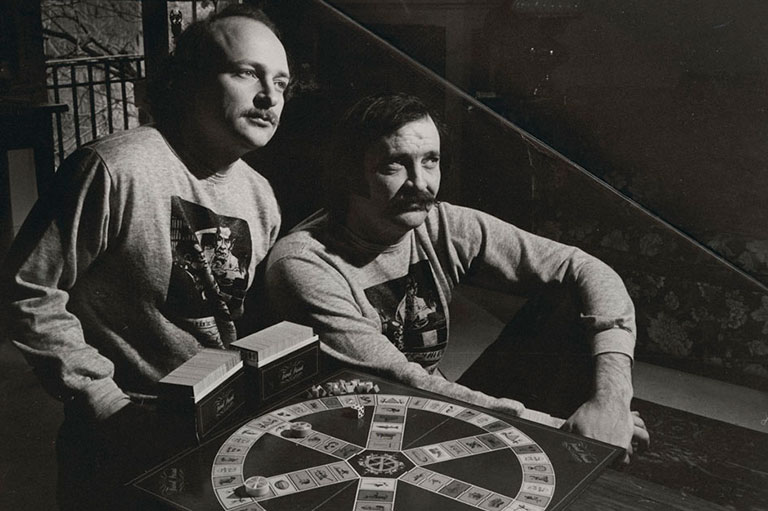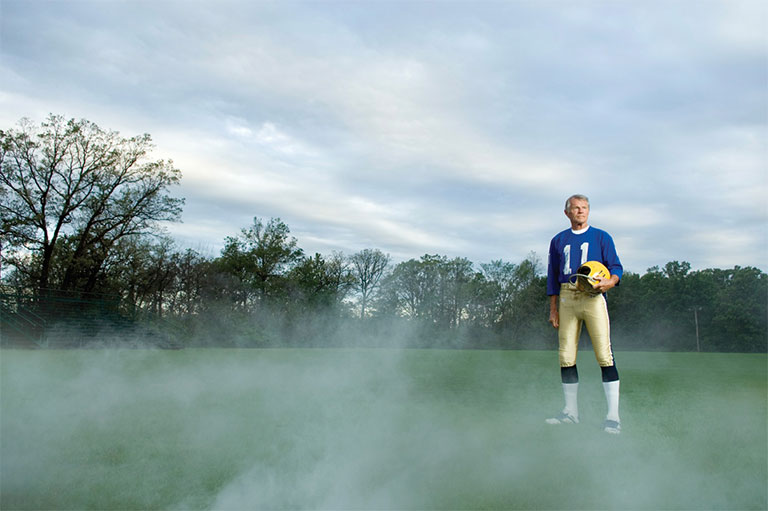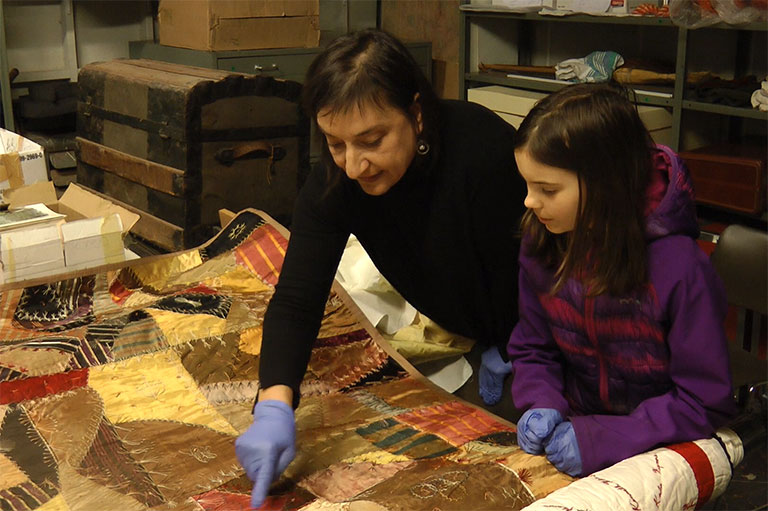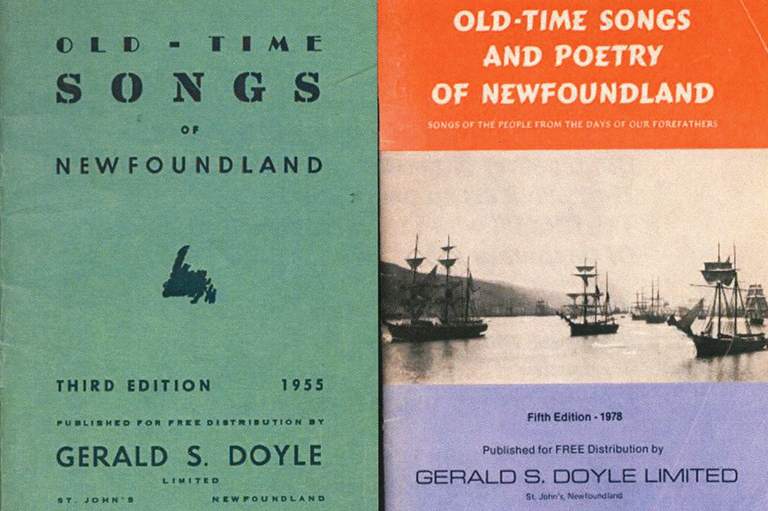Métis Violin
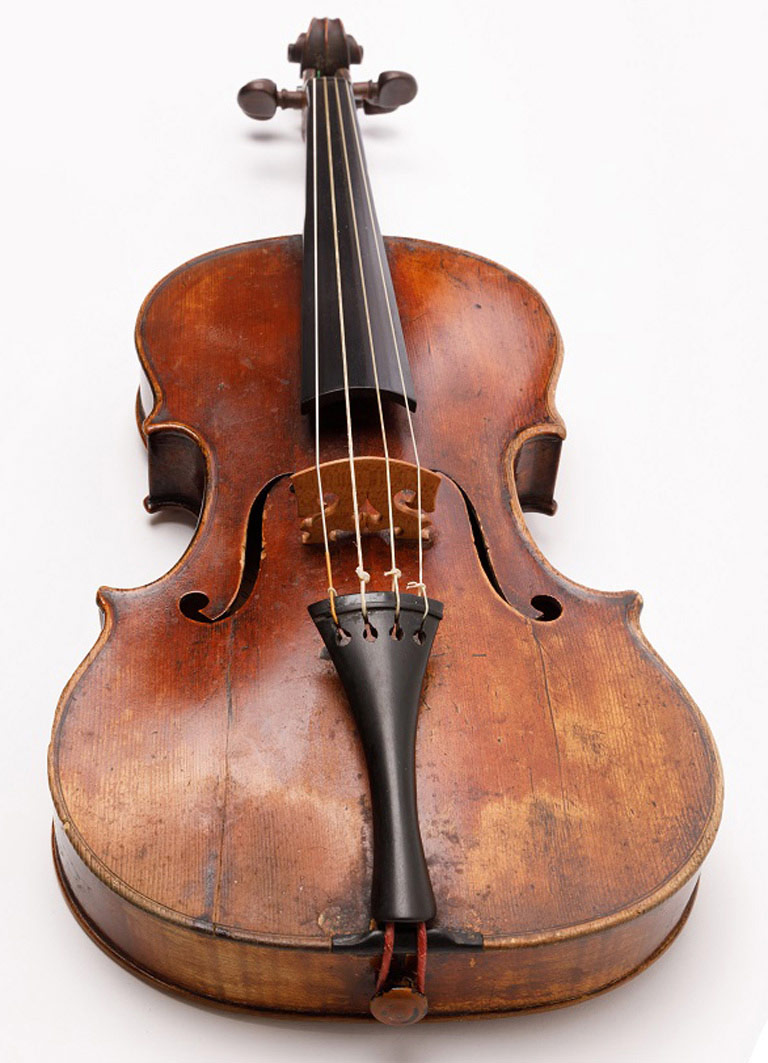
The festive traditions of Métis peoples are celebrated across Canada. Revolving around dance and music, they derive from a combination of French-Canadian, Plains Cree, and Ojibway customs.
Métis musical instruments reflect the impromptu character of festive gatherings in Métis villages and on long voyages. The violin, harmonica, mouth organ, and jaw harp, all light and easy to carry, accompany songs performed in French, English, Plains Cree or Michif.
This violin — created between 1795 and 1805 by luthier John Betts in London, England — belonged to Pierre Bruce, a Métis guide and interpreter for the North West Company. Pierre's son, Jean-Baptiste, played the instrument during a 1850 voyage in search of Sir John Franklin's lost polar expedition and at the Red River Settlement in Saint-Boniface, in present-day Manitoba.
At the beginning of the twentieth century, Jean-Baptiste’s son Pierre tickled the violin’s strings in the Entre-les-Lacs region of Manitoba and at the Pantages Playhouse in Winnipeg, accompanying his own son Pierre, who was dancing.
The final Pierre won various amateur violin competitions in the 1940s and 1950s. After some two hundred years of travels and performances in Manitoba and the Northwest, the violin was donated to the Manitoba Museum by the family in 1996.
With 7 uniquely curated newsletters to choose from, we have something for everyone.
We hope you’ll help us continue to share fascinating stories about Canada’s past by making a donation to Canada’s History Society today.
We highlight our nation’s diverse past by telling stories that illuminate the people, places, and events that unite us as Canadians, and by making those stories accessible to everyone through our free online content.
We are a registered charity that depends on contributions from readers like you to share inspiring and informative stories with students and citizens of all ages — award-winning stories written by Canada’s top historians, authors, journalists, and history enthusiasts.
Any amount helps, or better yet, start a monthly donation today. Your support makes all the difference. Thank you!
Themes associated with this article
Advertisement
More objects from 50 Merveilles
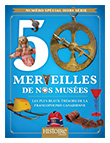
This special issue of Histoire Canada highlights beautiful treasures from Franco-Canadian communities across Canada. Available in French only.


